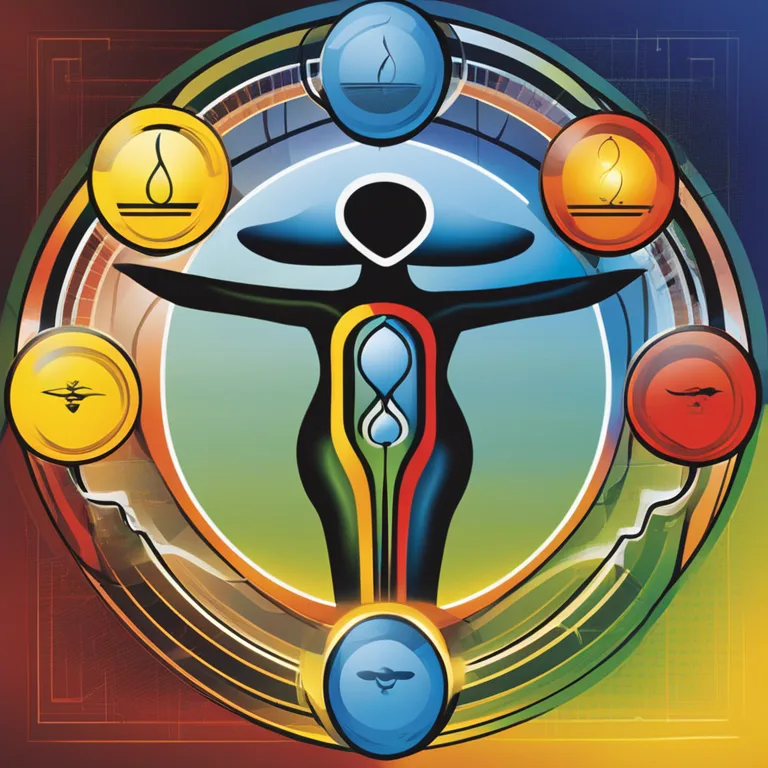
The Essence of Biorhythms: Patterns of Life Energy
Delve into the concept of biorhythms, the natural cycles that dictate our physical, emotional, and intellectual states, and their relevance to our daily lives.
article by Adrian Wallace
Defining Biorhythm
Scientific and holistic communities alike have long been fascinated by the idea that our lives are influenced by inherent cycles known as biorhythms. These cycles are thought to affect our physical, emotional, and intellectual faculties, proposing that each of these areas oscillates between high and low phases. The concept of biorhythm is rooted in the notion that from the moment of birth, these cycles begin to chart a map of our energetic highs and lows, potentially guiding us to better understand our daily performance and interactions.

The Three Primary Cycles
Fundamentally, biorhythms consist of three primary cycles, each with a set duration. The Physical cycle, said to last 23 days, governs our stamina, strength, and overall well-being. Following the Physical is the Emotional cycle, with a span of 28 days, linked to our mood, creativity, and perception. The last is the Intellectual cycle, which completes its loop every 33 days and influences our analytical thinking, decision-making, and memory. These cycles are believed to ebb and flow, peaking at their highest midway through and reaching a critical point of potential unpredictability at the transition from one phase to another.

Biorhythms in the Modern World
While the study of biorhythms originated in the early 20th century, it has evolved with technological advancements. Now, in 2024 and beyond, the fusion of biorhythm theory with digital technology has enabled personalized tracking through apps and online platforms. These tools offer insights based on one's birth date, aiming to help users navigate their daily lives by predicting when they are likely to experience optimal performance, resistance, or creativity, as well as potential slumps in energy or focus.

Applications and Skepticism
The allure of biorhythms lies in their potential application across various facets of life. Supporters believe that understanding one's biorhythm can enhance decision-making in personal relationships, career endeavors, and health management. However, skepticism persists in the scientific community due to a lack of empirical evidence substantiating the accuracy of these cycles. Consequently, while some people incorporate biorhythm calculations into their lives, others regard them as a pseudoscience or simply a tool for self-reflection and entertainment.

Critical Days and Adaptation
In biorhythm theory, the days when a cycle shifts from high to low or vice versa are considered critical. On such days, adherents are advised to exercise caution, particularly in activities that require high physical or mental demands. Theoretically, awareness of one's critical days can lead to adjustments in schedule and activities, potentially minimizing risk and optimizing well-being. Whether or not one believes in the effects of biorhythms, being mindful of personal rhythms and how they relate to performance might serve as a catalyst for better self-awareness.
Published: 12/28/2023
Modified: 12/28/2023
More predictions
Come back here soon to learn more about yourself and your future


The Synergy of Biorhythm Compatibility
Delve into the intriguing concept of biorhythm compatibility to foster deeper connections and understand interpersonal dynamics.


Biorhythm Love Compatibility Calculator: A Guide
Discover the secret to harmonious relationships with our Biorhythm Love Compatibility Calculator. Unlock the potential of emotional, physical, and intellectual synch.


Harmonizing Life Rhythms: Biorhythm Compatibility Explained
Discover how biorhythm compatibility impacts relationships and personal interactions, fostering harmony and understanding.